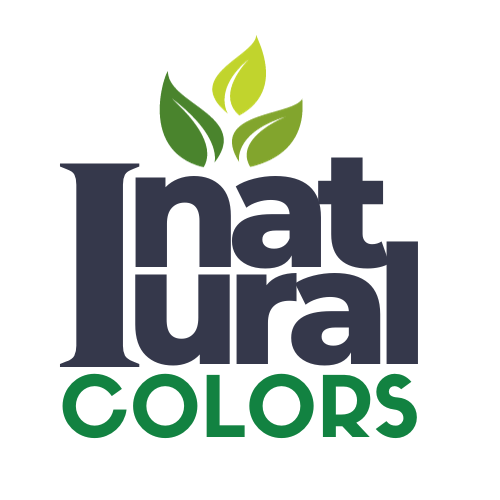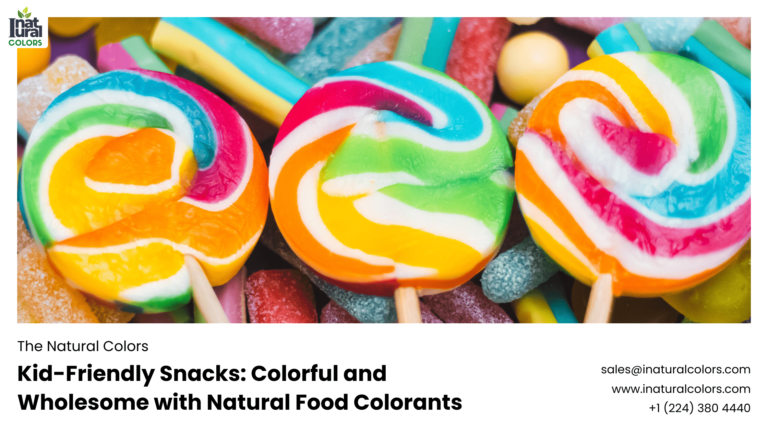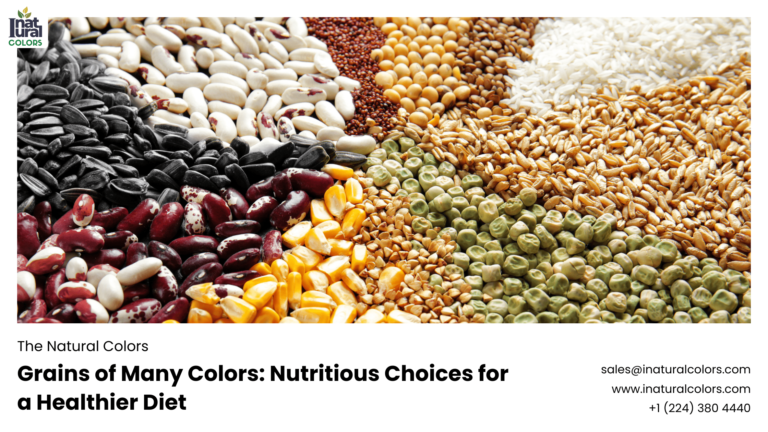Beautiful Plants For Your Interior

In the realm of food technology, the development of natural colors stands as a testament to innovation and consumer-driven change. As the world becomes increasingly health-conscious, the demand for natural ingredients has soared, leading to a significant shift in the food industry’s approach to colorants. This article delves into the role of food technology in developing natural colors, highlighting the challenges, advancements, and future prospects of this vibrant sector.
The Shift to Natural: A Consumer Demand
The transition from synthetic to natural food colors is primarily driven by consumer preference. A growing body of research suggests that artificial colorants may have adverse health effects, which has prompted consumers to seek out cleaner, more natural alternatives. The market has responded accordingly, with sales of natural food colors projected to exceed $14 billion by 2028. This shift is not just a trend but a movement towards a more sustainable and health-conscious food industry.
Technological Innovations in Natural Color Extraction
Food technology has been pivotal in meeting the demand for natural colors. Advanced extraction methods have enabled manufacturers to derive a wide range of hues from fruits, vegetables, and other natural sources. These technologies ensure that the colors retain their vibrancy while remaining safe for consumption. The challenge, however, lies in matching the stability and cost-effectiveness of synthetic colors. Despite this, the industry has made significant strides in improving the extraction, stability, and application of natural colorants in food products.
Regulatory Landscape and Clean Label Movement
The regulatory environment has also played a crucial role in the adoption of natural colors. Organizations like the U.S. Food and Drug Administration (FDA) have implemented stringent guidelines to ensure the safety and transparency of food colorants. Moreover, the clean label movement, which advocates for minimal processing and additives, has further propelled the demand for natural colors. Consumers are now more likely to pay a premium for products that align with their values of health and sustainability.
The Economics of Natural Colors
While natural colors are gaining popularity, their adoption is not without economic considerations. Natural colorants often contain less pigment compared to synthetic dyes, which can affect the cost-in-use for manufacturers. Despite this, the long-term benefits of using natural colors—such as consumer trust and brand loyalty—can outweigh the initial investment.
The Future of Food Colors: A Bright Horizon
Looking ahead, the future of natural colors in food technology is promising. With continuous advancements in extraction and formulation technologies, natural colors are set to become more accessible and versatile. Companies like iNatural Colors are at the forefront of this evolution, committed to providing consumers with the vibrant, safe, and natural colors they desire.



